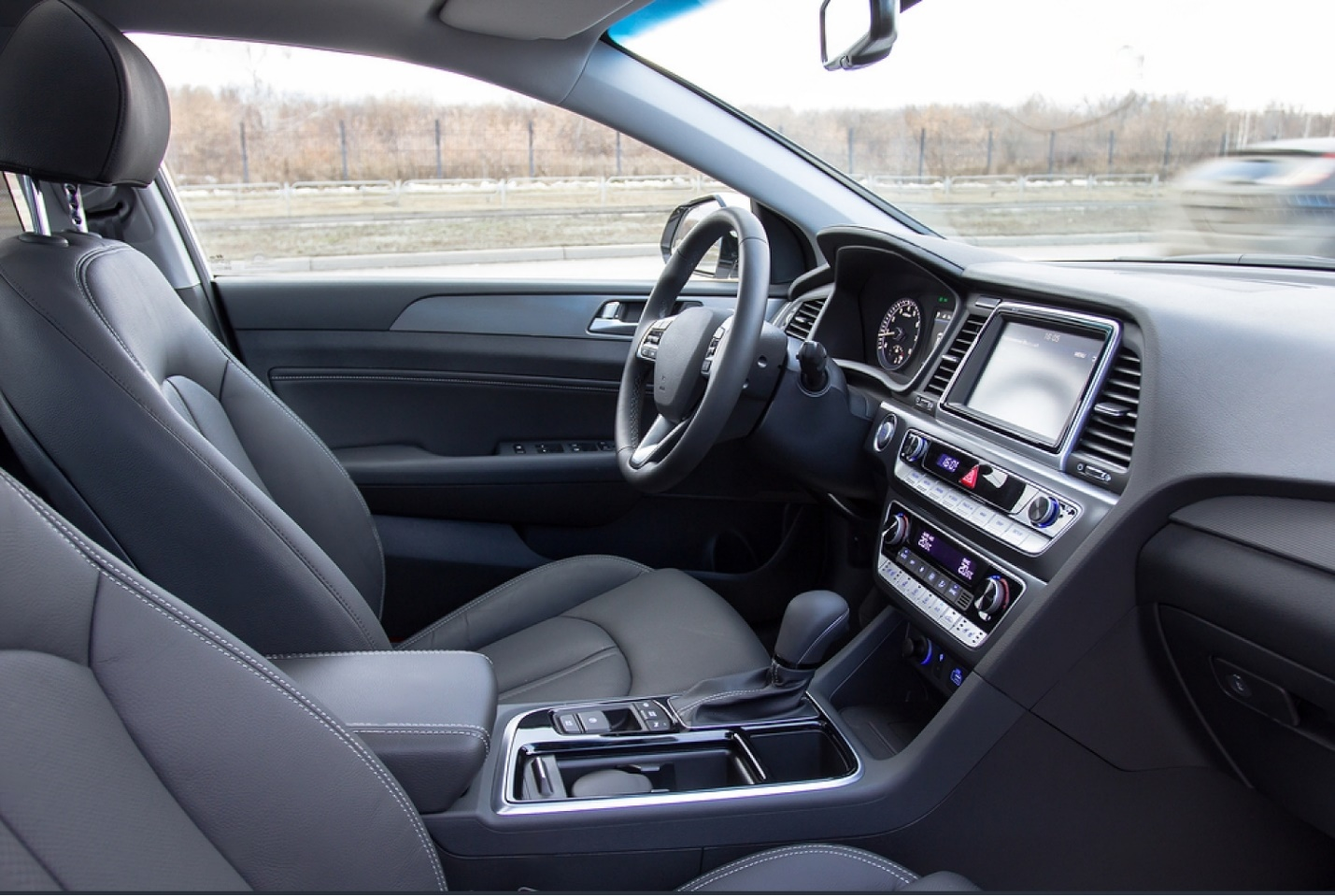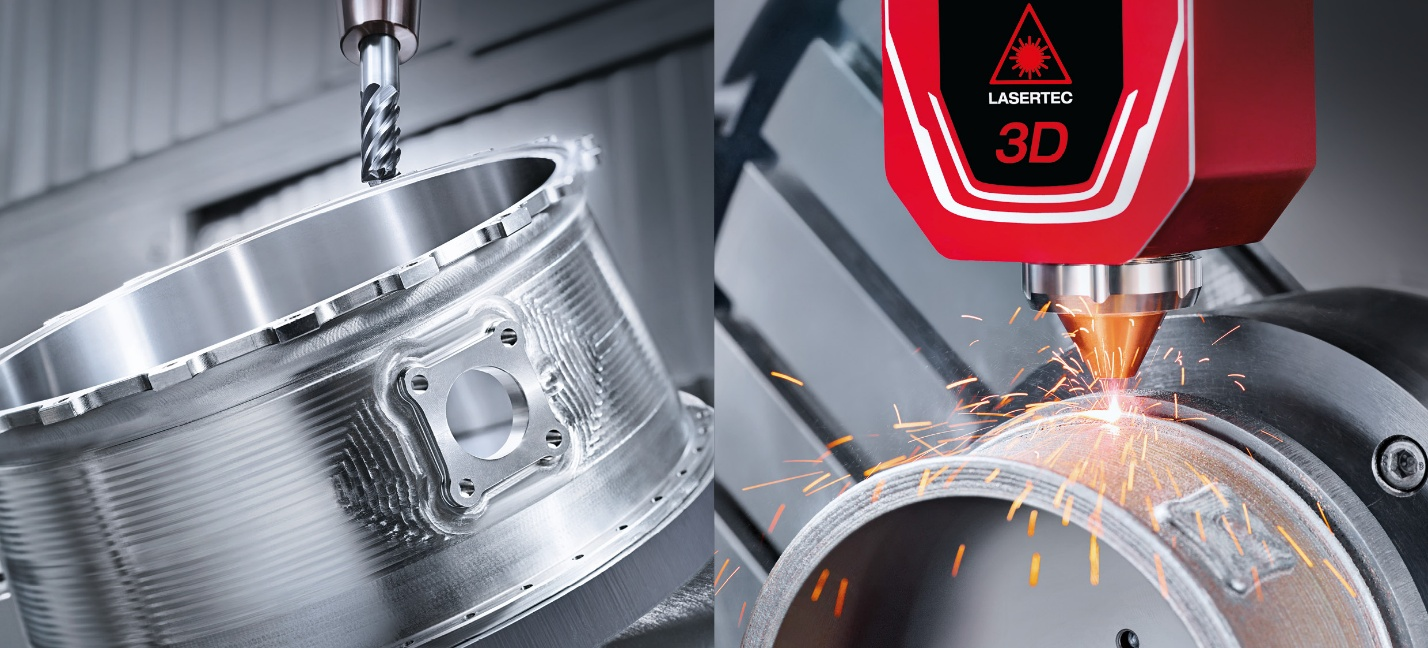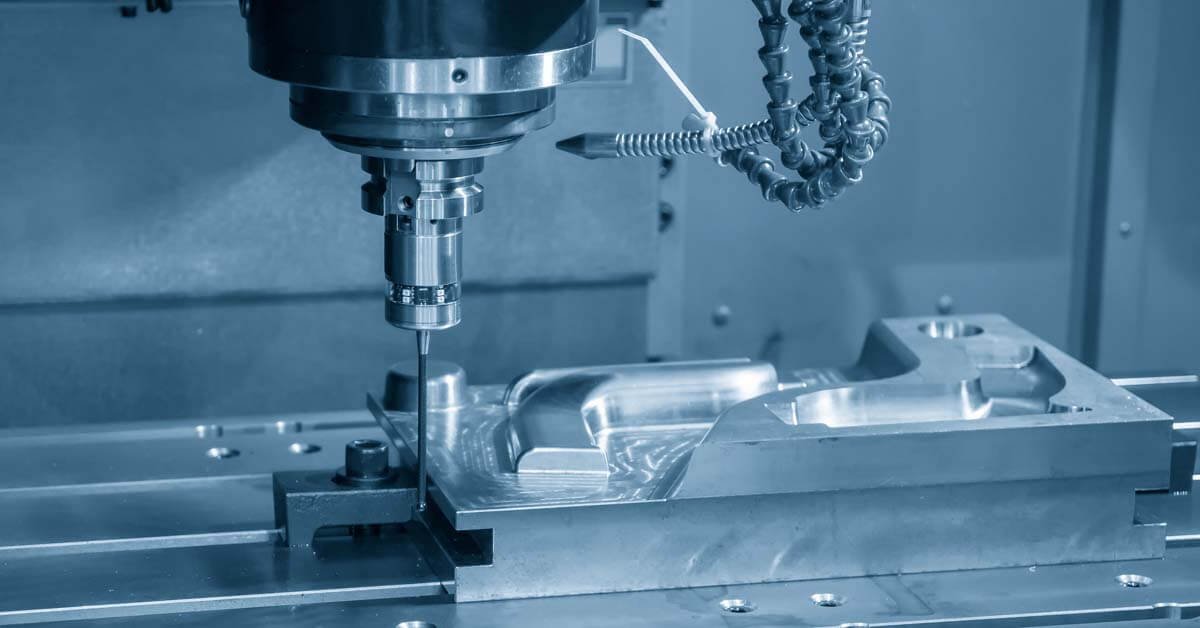The anticipation of beginning my day and starting my adventure is there as I go into the garage at home in the morning before I leave for work. My attention is immediately drawn to the garage door, which is a sturdy and important part of my daily routine. Few people are aware that, in the background, precise parts made by CNC machining are essential to the efficient functioning of my garage door opening.
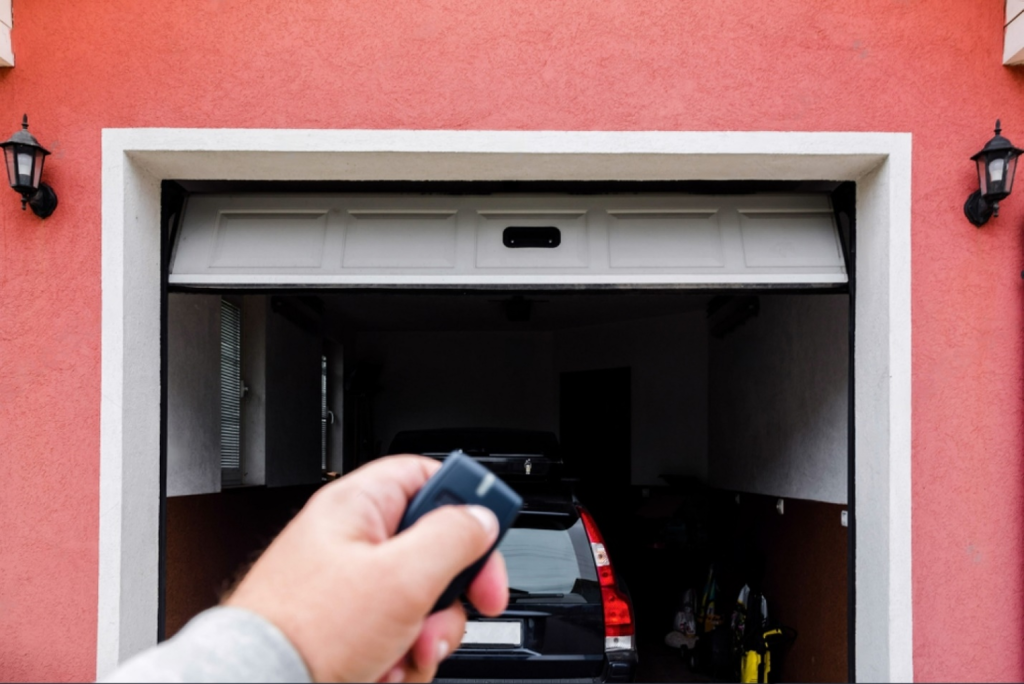
garage opening (reference)
The door simply glides open when I push a button on my remote control, activating a number of complex systems. Using CNC machining methods, these mechanisms—including the pulleys, hinges, and rollers—are painstakingly constructed. In the production process, CNC, or computer numerical control, machining offers unmatched precision and accuracy, producing parts that fit together without any gaps. My garage door moves smoothly and lasts longer because to the constant quality produced by CNC machining.
Every time I see my garage door open with ease, I am reminded of the value of CNC-engineered parts in assuring safe and dependable access to my car. These parts—such as electrical circuit boards and sensors—are necessary for my car's keyless entry system to provide me a quick and secure method to enter the vehicle.
Key-fumbling and key-loss anxiety are things of the past. All I need to use the keyless entry system is a little key fob in my pocket. The doors of my automobile immediately unlock as soon as the technology recognizes my presence. The electrical circuit boards and sensors include precision-engineered CNC-produced components that enable this amazing technology.

keyless entry system (reference)
A feeling of security is also provided by the keyless entry technology in addition to ease. The keyless entry system uses cutting-edge encryption methods to prevent illegal access, so I no longer have to be concerned about the security of my car. The reliability and security of the keyless entry system are assured by the precise manufacturing of these components using CNC machining.
As I enter my automobile, I am welcomed with a tasteful fusion of controls and comfort. The dashboard controls, knobs, and buttons, along with other CNC-machined elements located throughout the interior, significantly improve my driving experience.
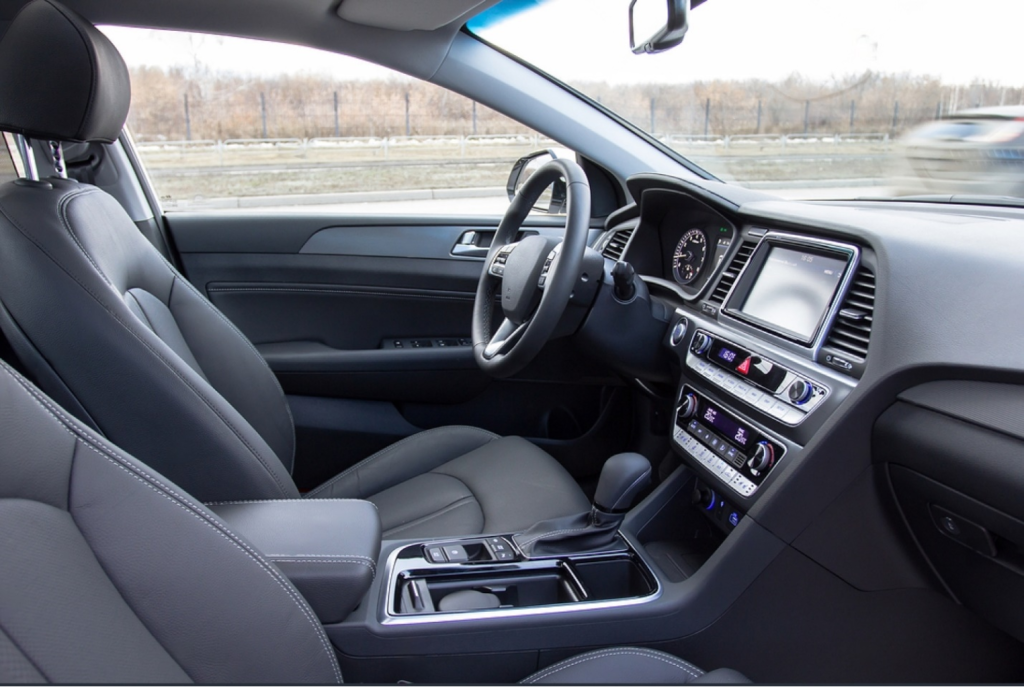
Car’s interior (reference)
The tactile input offered by these components is what I notice initially. When I use knobs and buttons, they feel pleasing and trustworthy because CNC machining makes it possible to shape them precisely and consistently. My driving experience is enhanced by the immediacy and tactile feedback offered by these CNC-machined components, whether I'm changing the temperature or the volume of my music.
Another important consideration for these CNC-engineered components is their durability. The demanding production procedure guarantees that they are made to resist the demands of regular usage. They continue to operate and look good after being pressed and turned for years, adding to the overall durability and worth of my car.
The simplicity of use provided by these CNC-machined parts also makes it easier for me to engage with the interior controls of the automobile. I can concentrate on the road and enjoy my driving experience without unneeded interruptions because to the exact engineering and workmanship that go into these components, which also make them intuitive and user-friendly.
On the road
As soon as I leave my garage, I start a trip that is woven together by precision-engineered wonders that work in unison to make driving safe and enjoyable. As I turn the ignition key, the complex ignition system gets into action and ignites the fuel-air combination within the engine with astounding accuracy and efficiency.

ignition key (reference)
This ignition system's CNC-machined spark plug is one of its essential components. The compressed air-fuel combination is ignited when I crank the engine by small sparks crossing the spark plug's well-designed electrodes. Spark plugs may be produced with complex designs thanks to the accuracy provided by CNC machining, providing efficient combustion. The precise engineering of the spark plug's size, electrode location, and gap results in a spark that is strong and reliable, optimizing power production and facilitating efficient combustion.
The spark plug is just one component of the complex jigsaw, however. Numerous more parts, including the ignition coil, the distributor (in earlier systems), and the electronic control module (in newer systems), are also a part of the ignition system. With the engine's rotation and the pistons' positions in sync, each of these parts is essential in providing the proper spark at the appropriate moment. These parts' correct ignition timing, which is essential for both fuel economy and power output, is ensured by the precision manufacturing process.
My trip will be filled with situations that call for accurate and consistent braking as I go down the road. Modern braking systems now boast unprecedented levels of safety and effectiveness because to the revolutionary effects of CNC machining on the production of brake calipers, rotors, and pads.
The brake calipers, which press the brake pads firmly against the braking rotors, are made using delicate machine work and exact tolerances. Because the calipers are manufactured using CNC machining to exacting standards, they are guaranteed to be in perfect alignment and to consistently grasp the rotors. It is possible to distribute brake force uniformly thanks to this precise manufacture, which lowers the possibility of uneven wear and enhances overall braking performance.
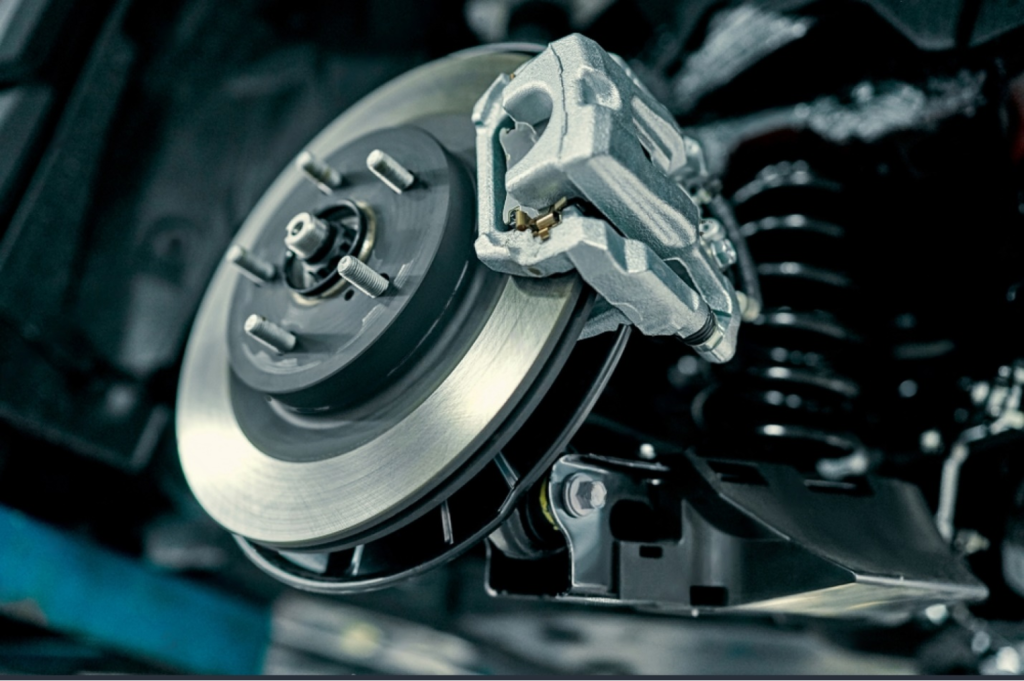
brake pad (references)
Speaking of rotors, the way they are CNC-machined is crucial for dispersing the heat produced during braking. By meticulously shaping the rotor's surface and adding cooling fins or cross-drilled holes, CNC machining maximizes heat dissipation, reducing brake fade and maintaining constant braking power even after lengthy and vigorous operation.
CNC technology also helps the brake pads. Their construction and CNC-engineered form guarantee an appropriate and level contact area with the rotor, enhancing effective friction and lowering brake squeal. A constant braking sensation and responsiveness are also guaranteed by the careful production of brake pads, which reduces thickness variances.
I am aware of the critical part precise machining plays in maintaining road safety when I pass by metal barriers and traffic signals on my journey. To get the appropriate size and structural integrity, these barriers, which are often composed of durable metals, are CNC machined. As a result of their exact construction, these roadblocks are more durable, able to resist the pressures applied by moving cars, and provide both pedestrians and drivers the necessary safety.
I am grateful for the comfort and stability the suspension system, which is made up of CNC-engineered components, offers when I arrive at my place of employment. No of the driving conditions, control arms, bushings, and shock absorbers work together to provide a regulated and smooth ride.
The connection between the suspension system and the car's chassis and wheel assembly is made by control arms, which are produced with extreme accuracy using CNC machining. They can move precisely thanks to their exact proportions and alignment, which contribute to the stability and alignment of the wheels. A more pleasant ride is made possible with CNC-machined bushings, which also guarantee little play and friction.
In order to provide the best damping qualities, shock absorbers, another crucial part of the suspension system, depend on precision engineering. Because complex piston shapes, valve designs, and internal components can be produced using CNC machining, shock absorbers can respond quickly and precisely to changes in road conditions. As a result, there is better handling, stability, and passenger comfort since the wheels are kept in touch with the pavement.
I can't help but recognize the influence of CNC machining on the aerodynamics of automobiles before I get out of my car and go to work. Complex curves and shapes that optimize airflow around the vehicle, lowering drag and improving fuel economy, may be created using precision machining processes.
Even in less evident ways, daily driving is benefited by CNC technology. Smooth contours and well sculpted surfaces let my automobile go through the air with the least amount of air resistance possible. CNC machining has fine-tuned every outward feature of the automobile, increasing its aerodynamic efficiency and consequently lowering fuel consumption, from the meticulously formed front grille to the softly molded side mirrors and sleek tail end.


